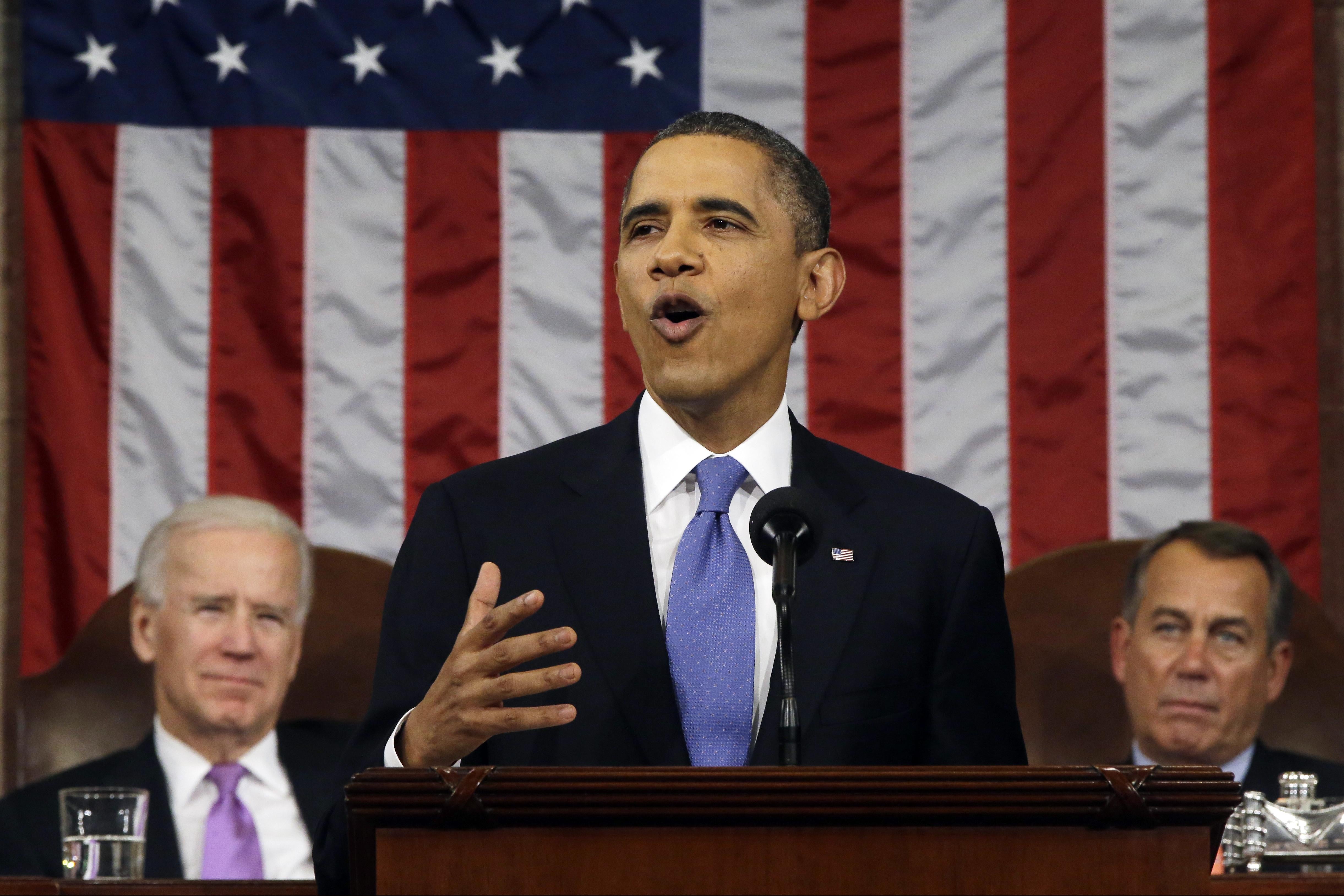The opposition response to the State of the Union is normally a time to denounce the president and all his works. For the most part, Sen. Marco Rubio, R-Fla., kept to form last night, repeatedly slamming Barack Obama for his big government, job-killing agenda. But there was one area in which, perhaps without realizing it, Rubio and Obama agree: They both want to unleash a wave of innovation that could transform American higher education and finally bring the eternal problem of rising college prices to heel.
In his speech, Obama put colleges on notice about “skyrocketing costs [that] price way too many young people out of a higher education, or saddle them with unsustainable debt.” The blame, the president said, lies on campus. “Taxpayers cannot continue to subsidize the soaring cost of higher education. Colleges must do their part to keep costs down.”
But Obama’s truly revolutionary proposal was kept inside the more detailed policy agenda released by the White House directly after the speech. The administration proposed “establishing a new, alternative system of accreditation that would provide pathways for higher education models and colleges to receive federal student aid based on performance and results.” The existing accreditation system is a cabal of incumbent colleges and universities that controls access to the $140 billion that the federal government disburses to college students every year in grants and loans. Breaking up this monopoly would have far-reaching effects on the higher education market. Most importantly, it would create a level financial playing field for firms that provider higher education services but aren’t “colleges” in the traditional sense of the word.
Rubio’s response? He wants to do exactly the same thing. “We need student aid that does not discriminate against programs that non-traditional students rely on,” said Rubio, “like online courses, or degree programs that give you credit for work experience.”
The context for both proposals is a tidal wave of new technology-driven approaches to higher learning, in particular the Massive Open Online Courses now being taken by millions of students for free, around the world. The MOOC business model is new and evolving, but it seems clear that while access to the courses will remain free, students will have to pay for assessments that lead to college credit and, ultimately, degrees. It’s likely that ecosystems of service providers will sprout up around MOOCS, including, perhaps, more intensive one-on-one tutoring that would also come at a price. Right now, students can give their Pell grants to the sketchiest of accredited for-profit colleges and perpetually failing public schools, but not to edX, a nonprofit MOOC provider founded by Harvard and MIT. That doesn’t make any sense, and it would be fixed by the Obama and Rubio plans.
How did two politicians from different parties and widely divergent ideological perspectives end up in the same place on higher education? Because the accreditation monopoly problem isn’t about left vs. right. It’s about incumbent firms using government regulation to hold lower-cost competitors at bay. Obama and Rubio may disagree profoundly about taxes and spending, but they both believe in the power of education to boost economic opportunity, and they both see America’s world-beating technology sector as a powerful force for improving higher education opportunity and lowering college prices at the same time.
If Rubio wants to win the 2016 Republican presidential primary, there will come a time in the next year or two when he won’t be able to agree publicly with Obama about anything. But he hasn’t reached that point yet, and the federal Higher Education Act is up for reauthorization this year. This is a chance for the leaders of the two parties to come together and let America’s educators and entrepreneurs do what they do best: create newer, better, less expensive ways of helping people learn.
